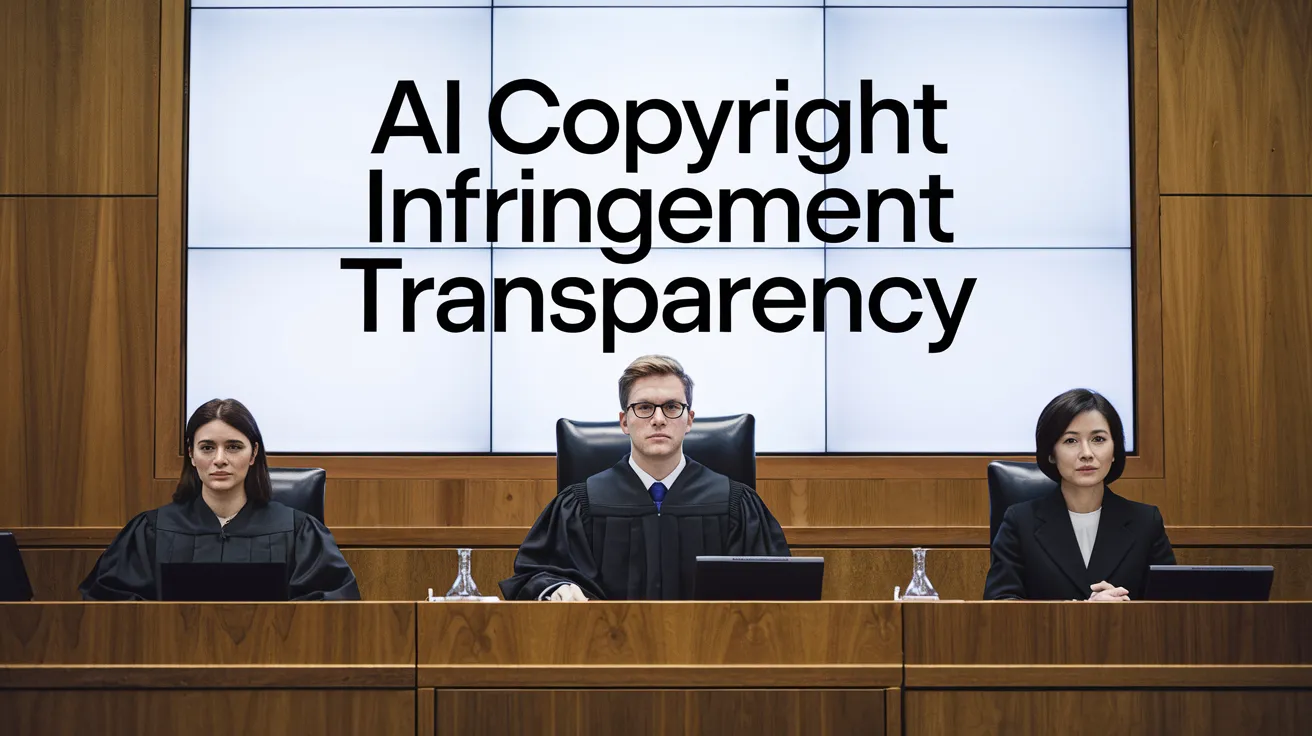AI Copyright Infringement: The Need for Transparency

The growing concern around artificial intelligence (AI) and copyright infringement gained significant attention following a recent lawsuit involving OpenAI. The heart of the issue, as articulated by Dr. Sean Ren, an associate professor at the University of Southern California and CEO of Sahara AI, is that copyrighted work is being incorporated into proprietary products without the consent or compensation of the original creators. This situation was highlighted when two news outlets, Raw Story Media and AlterNet Media, lost their lawsuit against OpenAI, where they alleged that the company deliberately removed copyright management information from their works to train its AI models.
The judge’s ruling underscored a critical challenge for publishers: the difficulty in proving “concrete injury” and the low likelihood that ChatGPT might produce plagiarized content from their materials. This outcome raises questions about the robustness of copyright protections in the realm of modern AI, as acknowledged by Ren, who noted that the complexities of such cases make it exceedingly hard for media companies to defend their copyright in the context of AI learning.
One significant aspect of the dispute is the opaque nature of data used by AI models. OpenAI, like many developers of large language models (LLMs), does not disclose the training datasets utilized, turning these systems into ‘black boxes’ that lack transparency. Ren emphasizes that current copyright laws are not equipped to handle the intricacies presented by LLMs, wherein vast datasets of creators’ works can be processed without clear acknowledgment of their authorship.
In attempts to support their claims, the plaintiffs pointed to publicly available information that suggested thousands of their copyrighted works had been absorbed into OpenAI’s datasets. However, proving that OpenAI had directly plagiarized their content fell short of the legal standard required, leading to an unfavorable ruling for the plaintiffs.
This case, along with others, demonstrates a pressing need for transparency in how AI models operate. Ren strongly argues that not only must AI development improve its clarity and openness regarding data usage, but it must also acknowledge the rights of content creators being integrated into these models. The distribution of control in AI development between centralized and decentralized platforms is particularly pertinent here. Centralized AI systems often operate with little visibility, leaving creators in the dark regarding how their works are utilized.
Conversely, decentralized AI systems can utilize blockchain technology to ensure better transparency and accountability in data handling. Ren advocates for these platforms as a means of safeguarding creators’ rights by providing clear ownership records and automating royalty payments, effectively allowing creators more agency over their intellectual property.
Emad Mostaque, founder of Stability AI, has also highlighted the need for transparency when he stepped down from his CEO role, expressing a desire for distributed governance to combat centralized approaches in AI development. This attitude reflects a wider sentiment that regulatory approaches must evolve to adequately protect copyright in the age of AI. Future regulations ought to promote collaboration between creators and AI developers rather than exploitation, ensuring that artists and writers are fairly compensated for their contributions.